Is “hate” too strong?
I mean . . . you might not actually hate coupons, but chances are good you don’t feel you have the time to coupon — and that’s okay. I’ve still got your back.
Couponing isn’t the only strategy for saving money on groceries. (Okay. Okay. I admit that it’s the best strategy, but it’s not the only one!)
Here’s another strategy:
1. Shop the sales (not Pinterest!) to save at least 30%.

It’s tempting to build your meal plan for the week based around those perfectly photographed recipes you pinned last night right before bed. But don’t.
Instead, do it the other way around. Buy staple items like frozen chicken, pasta, canned goods, tortillas and sauces when they’re on sale. Then hit up Pinterest to find meals with the ingredients you already have. Just make sure the items you’re buying can be frozen or hang out in your pantry for months.
2. Scan Circle offers to save up to 40% on groceries from Target.

Target has tons of percentage-off offers right inside their app. These offers tend to be for pre-packaged products or items that are newer to the market, but many of them (like “olive cups”) are actually just broken-out portions of the main product (olives, in this case).
All you have to do is “add” the Circle offer by tapping it and then scan your phone at the checkout.
Here are just a couple examples of Circle grocery offers:
- 40% off spaghetti sauce
- 25% off salad dressing
- 20% off coffee
- 20% off KIND bars
- 15% off cereal
- 10% off yogurt
3. Buy your bread at Dollar Tree.

Oroweat loaves for one dollar? Sign me up! Seriously, it’s worth a quick stop on your way home to stock up on bread for the week at this price point.
If that’s a bust, shop the day-old bread rack at your grocery store to save at least 25% on bread.
RELATED: Things You Should Always Buy at Dollar Tree
4. Use Ibotta and earn an average of $25 per month for your grocery budget.

The Ibotta app is the single most beloved grocery savings app that non-couponers use. Why? It’s easy to adopt if you have a busy lifestyle. College students use it, my sister’s boyfriend uses it, people who don’t have time to coupon use it.
As with Savings Catcher, you don’t have to do anything until you get home. Once you have your grocery receipt, simply search for items you bought and “unlock” them. Take a picture of your receipt and voila! You’ll get money in your PayPal account. Put that money right back into your grocery budget for next month’s shopping trip.
5. Find out which items are on sale this month and stock up.

I’ll be honest — in order to get the deepest grocery savings using this tip, you’d need to use coupons.
So the takeaway for you, non-couponer, is find out which items are most likely to be on sale every month so you can know when to pull the trigger and stock up. (We usually combine coupons with store sales to get the best deals, therefore an item that’s at a good stock-up price is probably also going to be on sale.)
Here’s your key to knowing which items are on sale during any given month:
- Top 10 Things to Stock Up on in January
- Top 10 Things to Stock Up on in February
- Top 10 Things to Stock Up on in March
- Top 10 Things to Stock Up on in April
- Top 10 Things to Stock Up on in May
- Top 10 Things to Stock Up on in June
- Top 10 Things to Stock Up on in July
- Top 10 Things to Stock Up on in August
- Top 10 Things to Stock Up on in September
- Top 10 Things to Stock Up on in October
- Top 10 Things to Stock Up on in November
- Top 10 Things to Stock Up on in December
6. Take a picture of your grocery receipts, and get gift cards from Fetch Rewards.

With Fetch Rewards, you don’t have to take any action before you go shopping. And you can earn points at any store. Upload your grocery receipt to the app when you get home, and earn points that translate into gift cards.
Earn points based on what you buy — 1,000 points translates to $1. For example, earn 400 points when you buy a jar of Miracle Whip and 1,000 points when you buy a bag of Kraft shredded cheese.
You can redeem your points as soon as you’ve earned 3,000 points (yep — a $3 gift card to retailers like Amazon, CVS or Target). Hoard your points and you’ll get more retailer options for your gift card reward.
Fetch Rewards doesn’t care where you shop; scan any receipt. Note that you must snap a picture of your receipt within 14 days or it won’t be valid.
7. Buy items like spinach, butter, and rotisserie chicken at Costco.

If you’ve ever wondered if you’re saving money by shopping at Costco, you’re not alone.
Costco is tricky because you can certainly overspend on impulse purchases (Helloooo, Sonicare toothbrush I bought this week while shopping for toilet paper). But, you can also save if you know how to shop Costco the smart way.
Start with this list of 100 best deals at Costco. Amazon often beats Costco by comparison, so my favorites on the list are things like spinach, butter and rotisserie chicken, because they’re items I can’t easily get on Amazon — at least not yet! Who knows how Amazon will surprise us this year.
RELATED: Things Every Costco Shopper Should Know
8. Buy frozen chicken breasts, cage-free eggs, and frozen berries at Sam’s Club.

I buy these items at Sam’s Club because they beat Costco’s prices.
My favorite warehouse is whichever one wins on lowest price of any given item. One of the best strategies to save on groceries is to avoiding playing store-favorites and instead be loyal to savings. Go where the deals are, girl.
9. Buy extra-virgin olive oil, condiments, and cereal at ALDI.

If you’re not couponing, it most likely means you’re buying generics, because name brands are so spendy! (Not to rub it in, but couponers get name-brand items for dirt cheap.)
There’s no shame in generics, though. And if you’re lucky enough to have an ALDI near you, I bet you already know how much you can save when you buy ALDI-brand stuff. You’ll find olive oil, cereal, and more at the lowest price points when compared with Target or Walmart generics.
- ALDI: Millville Corn Flakes, $0.08/oz
- Target: Market Pantry Corn Flakes, $0.11/oz
- ALDI: SimplyNature organic EVOO, $0.24/fl oz
- Walmart: Pompeian organic EVOO, $0.28/oz
10. Buy spices and nuts in the ethnic foods or the bulk-foods section.
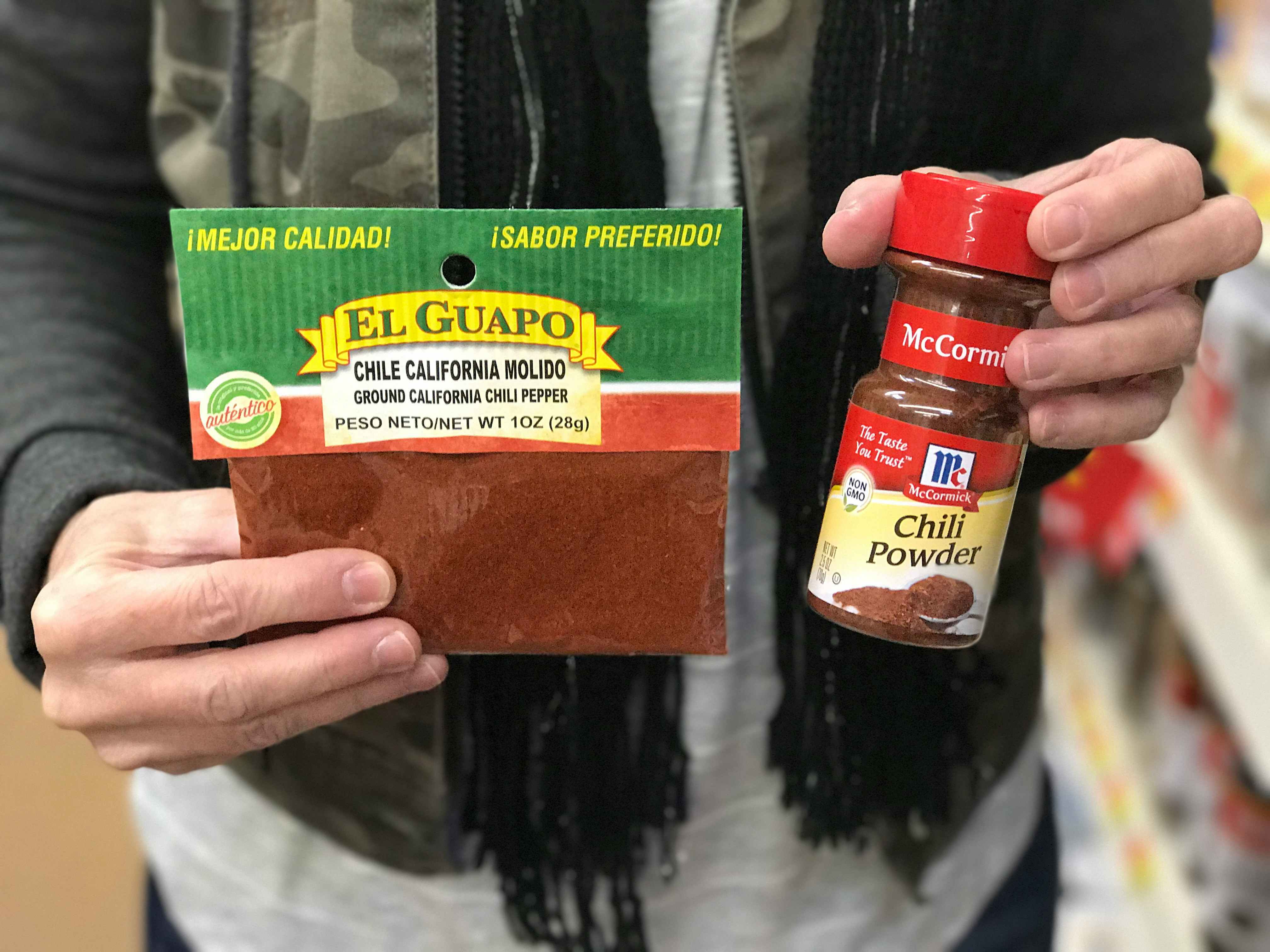
If you’re buying those little jars of McCormick spices, you’re overspending. You can often find similar identical items a couple aisles over in the ethnic foods section.
Chili powder, for example, is $1.29/oz. for the fancy McCormick jar at my local grocery store, but ground chilis are only $0.30/oz. for a large packet in the ethnic foods aisle.
11. Only go to the store once a week, and use eMeals to create your meal plans.
Not to go all Dave Ramsey on you, but eMeals is a great option if you want to save time — and ultimately money — at the grocery store.
eMeals is $5-$10 per month, and you can choose meals based on the stockpile of food you get on sale. It’ll also make it easier for you to only grocery shop once per week, and the less you go, the less money you’ll spend. Simple and obvious, but still true.
12. Use a cash-back credit card that pays at least 5% for grocery purchases.

First, I’m not getting paid by any credit card companies to say this. I genuinely like and use credit cards to get rewards and points. I’m careful to pay off my balance every month so I never pay interest. Last year I got enough points to fly my family to Disney for free — twice.
Disclaimer aside, the Blue Cash Preferred Card from American Express is a great place to start with credit cards, because you can get 6% cash back on purchases made at supermarkets, up to $6,000 which means $360 in cash back. Throw it back into your grocery budget!
13. Sign up for Drop to get points you can redeem for gift cards when you grocery shop.

Link your grocery-point-earning credit card to Drop, and you’ll get points every time you use your card at five of your favorite stores. It’s like a universal loyalty program. Each store has a different earning threshold. For example, you can earn eight points per dollar you spend at Target, compared to two points per dollar at Walmart.
You can’t swap around which five stores you want to earn points. The strategy is to choose stores you most often frequent, instead of choosing stores because they have higher earning potential!
Then shop and earn as you go. When you earn points, you can cash them out for gift cards to grocery stores, and the money goes right back into your budget.
14. Embrace your inner cheapskate and remove broccoli stems before you buy.

The name of the savings game has — and always will be — getting items at the lowest price possible.
Sometimes you need to be creative and find ways to save. Here are a few things I may or may not be known to do in order to save money:
- Remove broccoli stalks before you buy them. Since broccoli is priced by the pound, you’ll save money when you opt out of buying the parts you won’t be eating.
- Buy boneless chicken in huge quantities. Chicken can last in the freezer for 9-12 months, and it’s so versatile that there’s no harm in buying a lot in order to save.
- Dilute your body wash with water. Honestly? It’s super concentrated. Make it stretch!

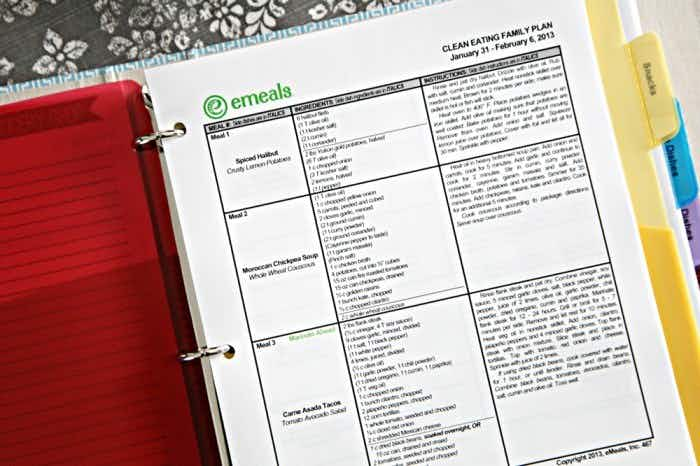
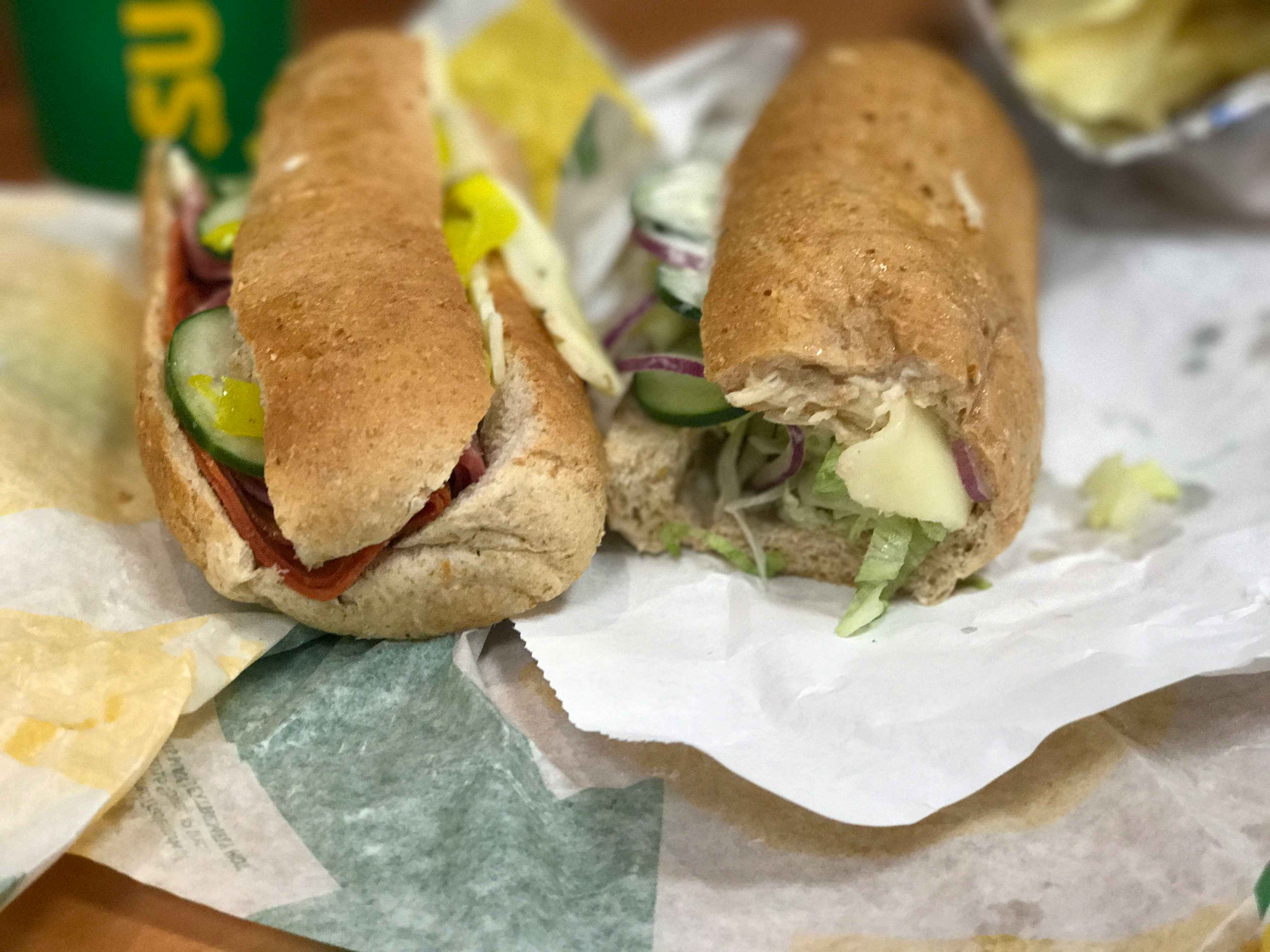











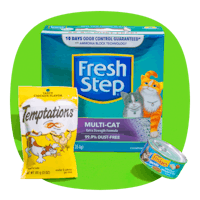

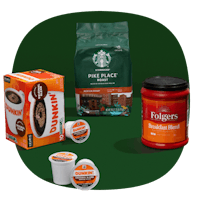

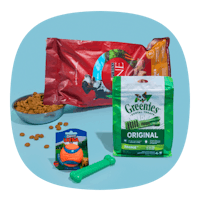
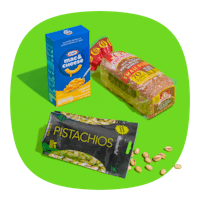


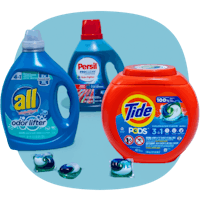











Tell us what you think